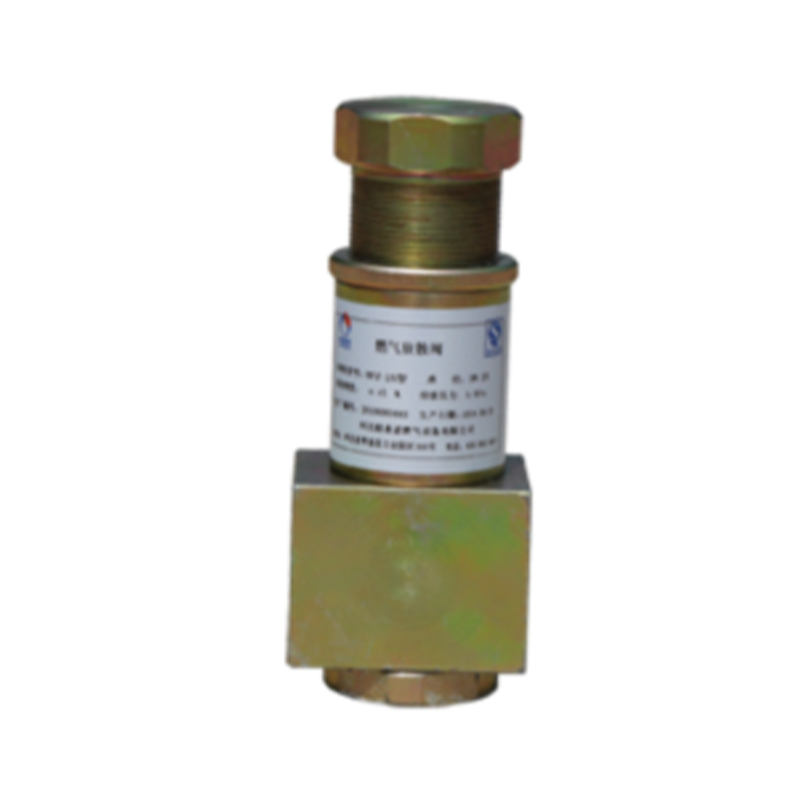
Nov . 22, 2024 13:26
Back to list
pressure vessel
Pressure vessels are critical components in various industries, playing a key role in the storage and transportation of gases and liquids at high pressures. These vessels are designed to withstand the intense pressure created by the fluids contained within them, making their design and construction vital to ensuring safety and functionality.
The basic function of a pressure vessel is to hold fluids under pressure, which can include everything from natural gas and oil to chemicals and water. Common applications include storage tanks, boilers, and reactors in power plants, chemical processing facilities, and oil refineries. Due to the high pressures involved, materials and fabrication methods used to construct pressure vessels must meet stringent industry standards.
One of the primary considerations in the design of pressure vessels is the choice of material. Steel is commonly used due to its strength and durability, but other materials like composites and specialized alloys may also be employed depending on the specific application and the nature of the contents. Factors such as temperature, corrosion resistance, and mechanical properties are crucial in selecting the right material to ensure the vessel's integrity and longevity.
pressure vessel

Another important aspect is the design process, which typically involves complex calculations and simulations to accurately predict how the vessel will perform under pressure. Engineers must adhere to codes and standards set by organizations such as the American Society of Mechanical Engineers (ASME) or the Department of Energy (DOE). These regulations help ensure that pressure vessels are built safely and efficiently.
In addition to design and material selection, regular inspections and maintenance are essential to prevent failures, which can lead to catastrophic events such as explosions or leaks. Non-destructive testing methods, including ultrasonic and radiographic testing, are often employed to detect any signs of weakness or damage in existing pressure vessels.
In conclusion, pressure vessels are indispensable in many sectors, requiring careful consideration throughout their lifecycle—from design and construction to maintenance and decommissioning. As industries continue to evolve, advancements in materials and engineering will further enhance the safety and efficiency of these vital components, paving the way for innovations in energy storage and chemical processing.
Next:
Latest news
-
Safety Valve Spring-Loaded Design Overpressure ProtectionNewsJul.25,2025
-
Precision Voltage Regulator AC5 Accuracy Grade PerformanceNewsJul.25,2025
-
Natural Gas Pressure Regulating Skid Industrial Pipeline ApplicationsNewsJul.25,2025
-
Natural Gas Filter Stainless Steel Mesh Element DesignNewsJul.25,2025
-
Gas Pressure Regulator Valve Direct-Acting Spring-Loaded DesignNewsJul.25,2025
-
Decompression Equipment Multi-Stage Heat Exchange System DesignNewsJul.25,2025

